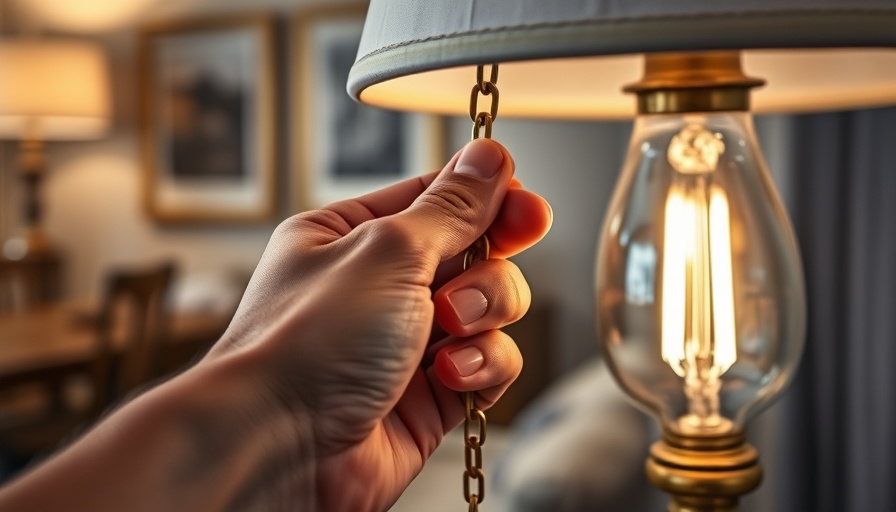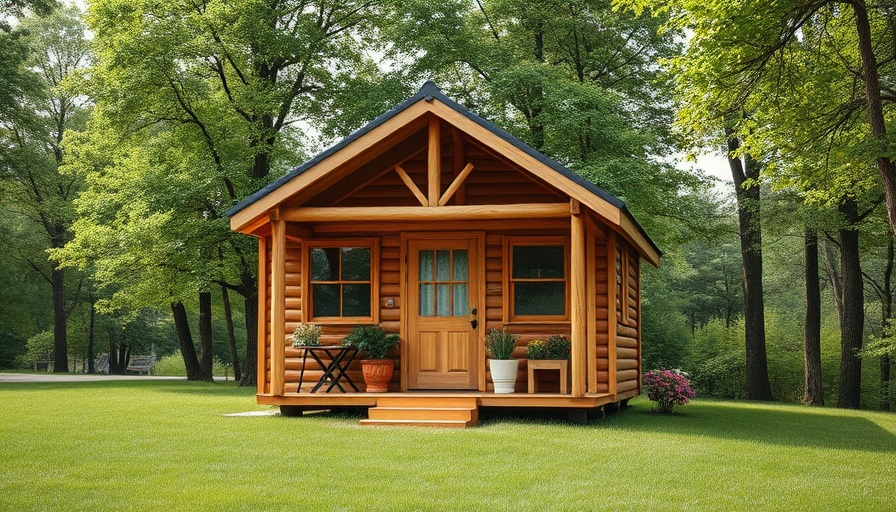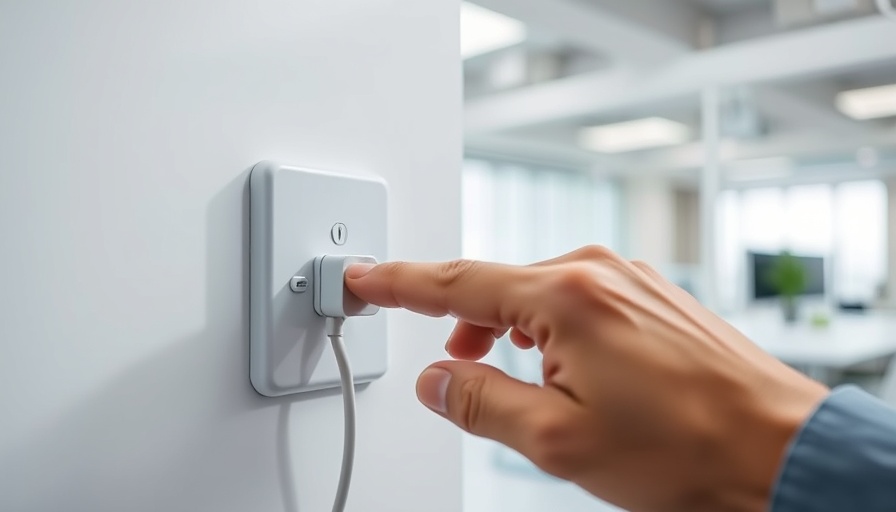
Exploring the Tiny House Movement: Your Most Asked Questions Answered
The tiny house movement has gained traction in recent years, attracting individuals and businesses alike with its promise of minimalism, affordability, and sustainability. However, as interest piques, so do questions about the practicality and viability of tiny living. This article addresses some common queries surrounding the tiny house phenomenon.
What is a Tiny House?
A tiny house typically refers to a compact dwelling under 400 square feet. These homes can be mobile or stationary and often feature efficient designs that maximize space while minimizing environmental impact. The appeal lies in reducing rent and utility costs, making them attractive to both first-time buyers and those seeking to downsize.
Do Tiny Houses Meet Building Codes?
Many potential buyers wonder whether tiny houses comply with local building regulations. The answer varies significantly by state and municipality. It’s crucial for prospective owners to check local laws, as some areas have established specific guidelines for tiny homes, while others may restrict their construction altogether.
Can You Get a Mortgage on a Tiny House?
Financing a tiny house can be a challenge. Traditional lenders may hesitate to provide mortgages for houses valued under a certain amount. However, some financial institutions now offer specialized loans for tiny homes, making it easier for buyers to turn their dreams into reality.
How to Make a Tiny House Feel Bigger
One common concern is whether limited space feels claustrophobic. To combat this, many tiny house owners employ clever design tactics such as open floor plans, multi-use furniture, and ample natural light. These strategies help create a perception of spaciousness without sacrificing comfort or style.
Why Choose Tiny Living?
A growing number of individuals are opting for tiny homes due to their sustainability. The smaller footprint means lower energy consumption and reduced resource output. Prospective buyers looking to invest or lease property can consider embracing this trend, which not only caters to ecological concerns but also taps into a burgeoning market.
Key Takeaway
The rise in tiny houses reflects broader societal shifts towards minimalism and environmental responsibility. Whether you’re buying, leasing, or looking for innovative property management strategies, understanding the nuances of tiny living can open doors to new opportunities. Interested in how tiny houses could fit into your real estate strategy? Explore your options today and see how this movement can enhance your portfolio.
 Add Row
Add Row  Add
Add 




Write A Comment